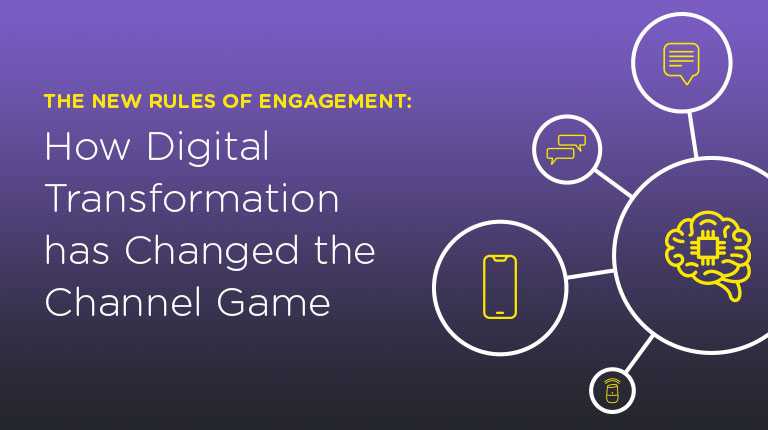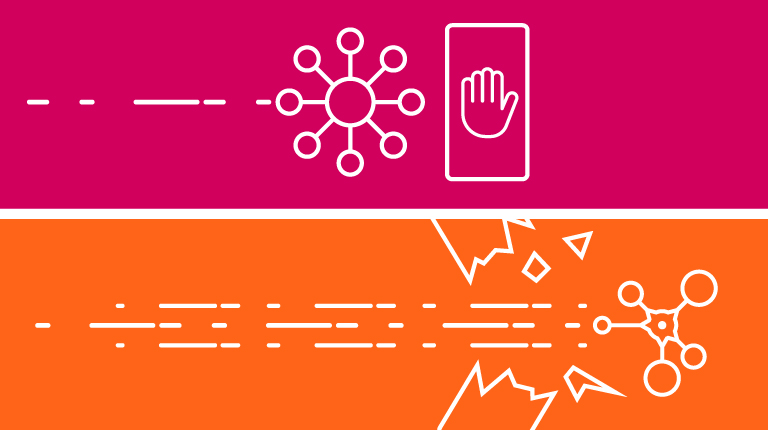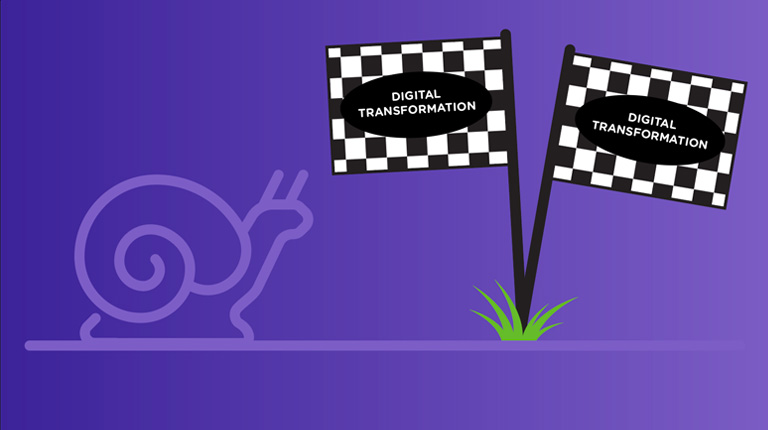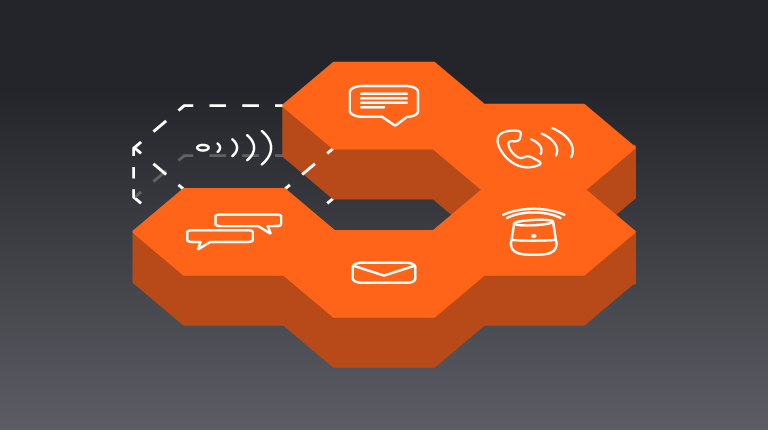Contact centers have been around for decades. They started as call centers as they were formed prior to the Web when the phone was the only alternative to an in-person conversation. Through the years, as the Web and e-commerce gained full adoption, click to chat emerged, and call centers evolved into the modern contact center.
The contact center’s primary goal is to provide human support to customers across all channels. As contact centers evolved, self-service evolved along with it. It makes sense for businesses to try and automate many of the requests that contact center agents handle to reduce cost and free up capacity.
What started as technology to provide simple self-service has now evolved into complex AI systems that attempt to automate more and more of agent tasks. However, most consumers would agree that these systems have yet to become a reliable alternative to a highly skilled agent. But those running contact centers also know that hiring, training, and retaining highly skilled agents is no easy task, especially considering the cost pressures they face.
Many companies have turned to Conversational AI as the answer, technologies that recognize, understand, and respond to spoken or text responses. However, putting sophisticated AI into a decades old contact center operating model provides little improvement from the customer’s point of view.
From the consumer’s perspective they are faced with 3 part journey when they engage with a contact center:
- The bot or automation
- The hold period waiting for an agent
- The time they spend with an agent
There are challenges and variability during each of these components that often end up in a poor customer experience. Chatbots that get in the way, long hold times, and underprepared agents are at the top of consumer frustrations. To make a meaningful impact contact centers need a digital transformation much like other industries have undergone.
At the heart of this transformation is the need for a new operating model that combines AI and humans as opposed to front-ending humans with a bot, and then trying to provide an agent hints after transferring a releasing control to an agent.
AI does need to be at the center of a contact center transformation, but AI needs to be continually connected throughout the whole experience, and humans should be engaged in a manner that provides a seamless, low-effort experience for the consumer. The old “transfer and release” model must be replaced with a continuous and supportive AI connection that assists customers directly when it is able and learns from its human counterparts when it needs help. Some refer to this model as “human in the loop,” but you can equally characterize it as “AI in the loop.” The point is there is no longer three discreet parts to the journey–just one seamless interaction from the customer’s perspective.
The contact industry is ripe for change and the decades old model needs a transformation. In a few years, we will look at the old model much like waiting in a taxi cab line. Those who react will reap significant benefits and others will just be left wondering what happened.





